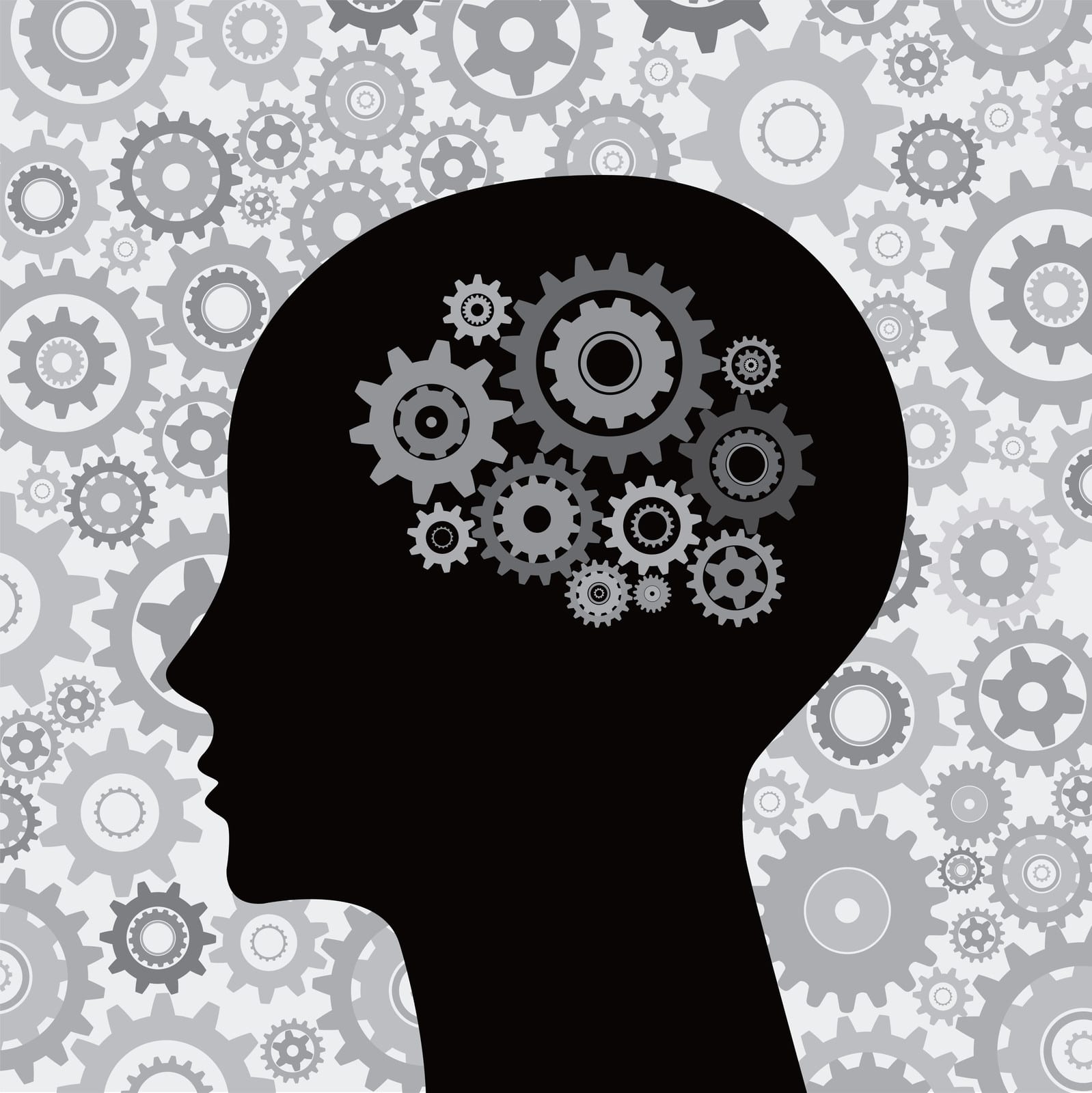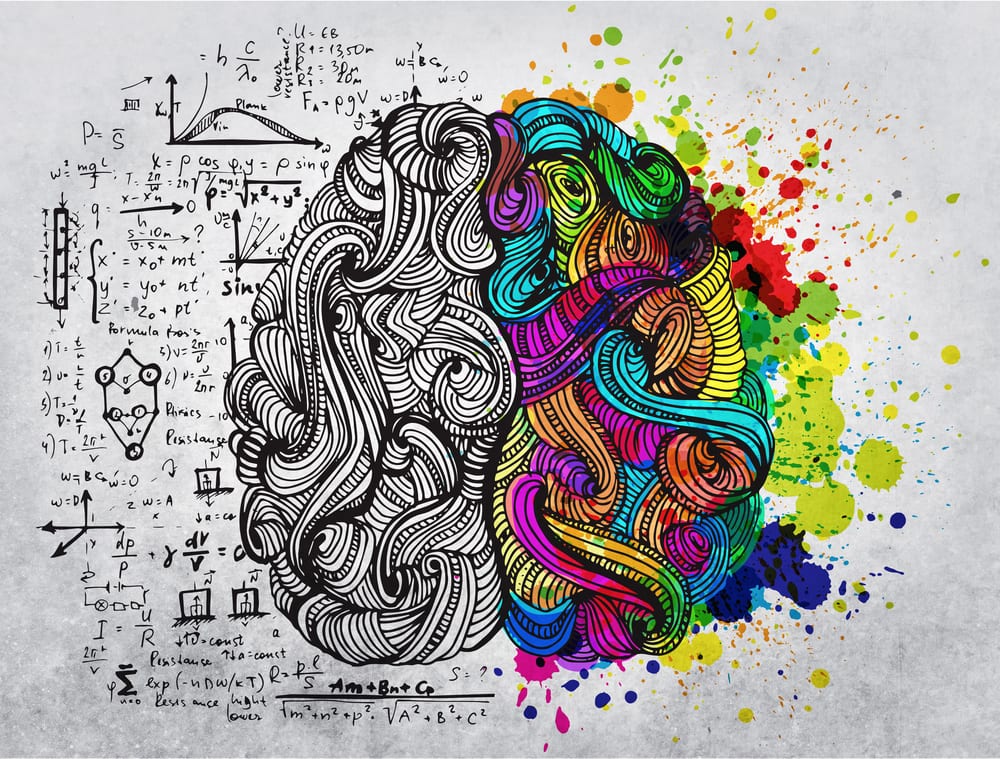Field service professionals — from executives in the corner office to the technicians in the field — know that customer service is a big part of the profession. To deliver great customer service, service pros need the right mix of technical know-how, soft skills, training and communication.
But for those who don’t consider themselves natural communicators, there’s no need to fret. There are strategies that any service pro can use to get their point across effectively. Technology writer and Field Service Digital contributor Megan Van Vlack recently interviewed Stephen M. Kosslyn, former chair of the psychology department at Harvard University and founding dean at the Minerva Project, about the science behind great customer service communication.
When is an in-person interaction more effective than directing them to, say, the company website?
 Stephen M. Kosslyn: This depends partially on the customer. People don’t always want an in-person interaction. In some ways, that might be more of a cognitive effort for them and they would prefer to just read something. On the other hand, when something isn’t working, not everyone knows how to solve the problem. The good thing about personal interaction is that it affords the opportunity for quick feedback. When you’re dealing with something that’s frozen, such as a map or a list of directions, they are only useful if they solve the exact problem. An in-person interaction gives the customer the ability to to draw out the information that they need from the service professional.
Stephen M. Kosslyn: This depends partially on the customer. People don’t always want an in-person interaction. In some ways, that might be more of a cognitive effort for them and they would prefer to just read something. On the other hand, when something isn’t working, not everyone knows how to solve the problem. The good thing about personal interaction is that it affords the opportunity for quick feedback. When you’re dealing with something that’s frozen, such as a map or a list of directions, they are only useful if they solve the exact problem. An in-person interaction gives the customer the ability to to draw out the information that they need from the service professional.
How can service professionals help customers who might not know exactly what they need?
Depending on the problem, you would approach it different ways. One advantage of interacting in real-time is an instant feedback loop that allows you to converge on the problem quickly.
It’s important that the first thing a service professional does is make sure that they understand exactly what the problem is. One effective way to do that is to simply paraphrase what the customer has said. Repeating the issue back to the customer can also be a very focusing experience for the service professional, and it can help them solve the problem.
Another thing that service professionals should keep in mind is that people can hold a very limited amount of information in their mind at once. It’s surprising, but people can only hold three to four categories of information at a time. When imparting information to customers, keeping it simple is key.
Any advice to organizations that are developing their customer service channels?
The main thing to remember is that people are different. It’s important for companies to give people the ability to help find the solution to their problem in a way that fits the way that they think and approach things. The key to all of this is to respect each individual customer’s differences.
Read the full interview on Shep Hyken’s Customer Service blog.


Share this: